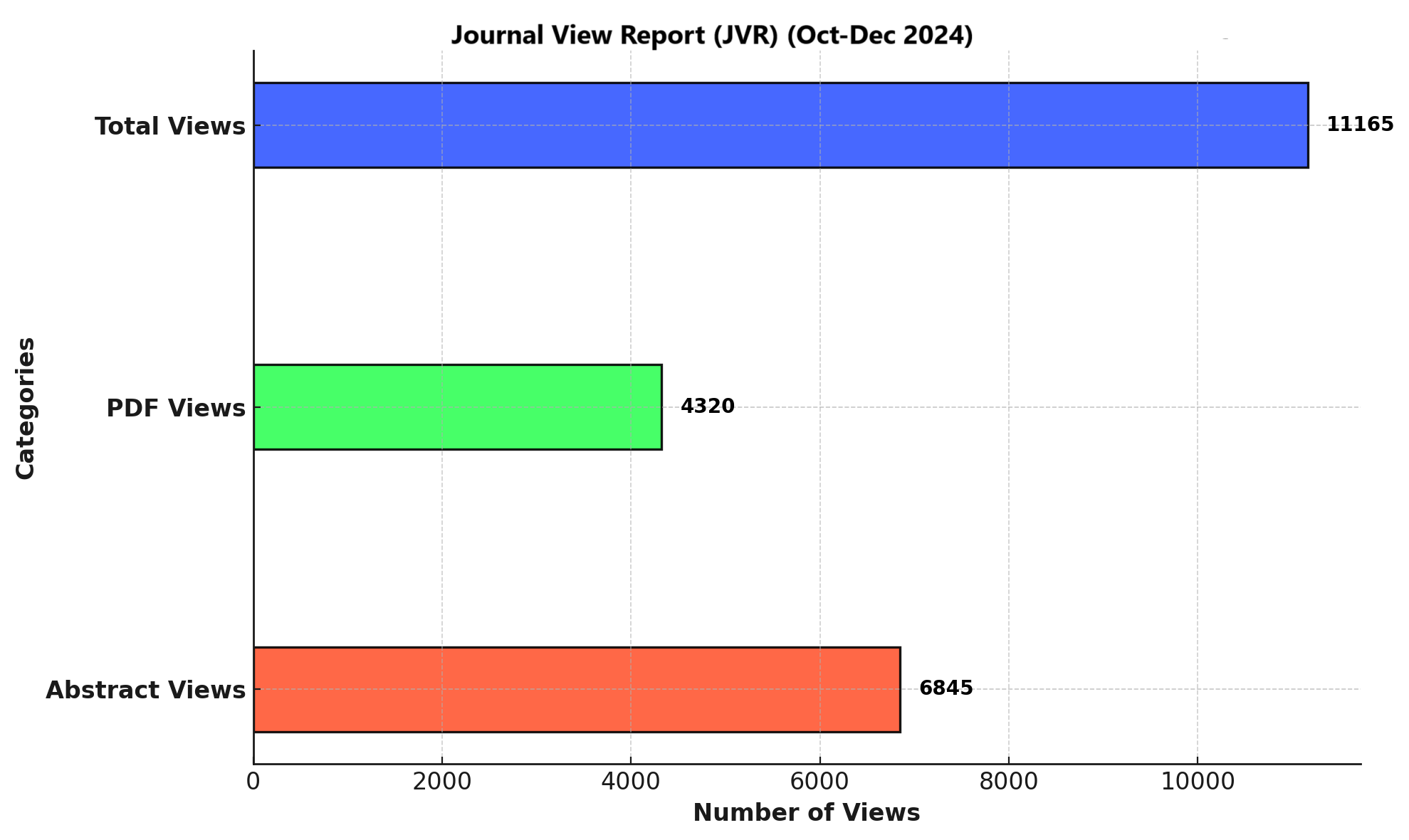PREVALENCE AND CORRELATES OF AUTONOMIC DYSFUNCTION AMONG PATIENTS OF PARKINSONS DISEASE
DOI:
https://doi.org/10.71000/2b5tda27Keywords:
Autonomic Nervous System Diseases, Dopaminergic Agents, Levodopa, Parkinson Disease, Postural Hypotension, Quality of Life, SCOPA-AUTAbstract
Background: Autonomic dysfunction is a frequently overlooked non-motor manifestation of Parkinson’s disease (PD), contributing significantly to morbidity and decline in quality of life. It encompasses a range of symptoms affecting various organ systems and is more likely to develop as the disease progresses. Despite its clinical relevance, autonomic dysfunction remains underdiagnosed, leading to challenges in patient care and functional independence.
Objective: This study aimed to determine the prevalence of autonomic dysfunction in PD patients and explore its association with patient demographics, disease severity, and pharmacological treatments.
Methods: A cross-sectional study was conducted over six months at a tertiary care neurology department, enrolling 130 PD patients diagnosed using the United Kingdom Parkinson’s Disease Society Brain Bank Criteria. Autonomic function was evaluated using the Scales for Outcomes in Parkinson’s Disease–Autonomic (SCOPA-AUT), covering cardiovascular, gastrointestinal, urogenital, sudomotor, and pupillomotor domains. Disease severity was assessed with the Hoehn & Yahr scale. Statistical analysis was performed using SPSS version 22. Descriptive statistics, chi-square tests, independent t-tests, and multivariate logistic regression were applied to examine the prevalence and predictors of autonomic dysfunction, considering age, disease duration, medication use, and clinical staging.
Results: Out of 130 participants, 63.1% exhibited autonomic dysfunction. Cardiovascular dysfunction was most prevalent (60.0%), followed by gastrointestinal (49.2%), urogenital (42.3%), sudomotor (36.2%), and pupillomotor (23.1%) symptoms. Patients with autonomic dysfunction were older (mean age 68.4 vs. 62.7 years; p = 0.002) and had longer disease duration (8.6 vs. 5.3 years; p = 0.001). Advanced Hoehn & Yahr stages (III–V) were significantly associated with autonomic symptoms (79.3% vs. 37.5%; p < 0.001). Levodopa dose and dopamine agonist use were also significant predictors (p = 0.003 and p = 0.02, respectively).
Conclusion: Autonomic dysfunction is highly prevalent in PD, particularly in older patients, those with prolonged disease duration, and those receiving higher doses of dopaminergic therapy. Early detection and personalized treatment strategies are essential for improving patient outcomes and quality of life.
Downloads
Published
Issue
Section
License
Copyright (c) 2025 Shaher Bano, Husnain Nawaz Malik , Tayba Zain, Asif Hashmat, Ayesha Zubair, Maham Syed (Author)

This work is licensed under a Creative Commons Attribution-NonCommercial-NoDerivatives 4.0 International License.







